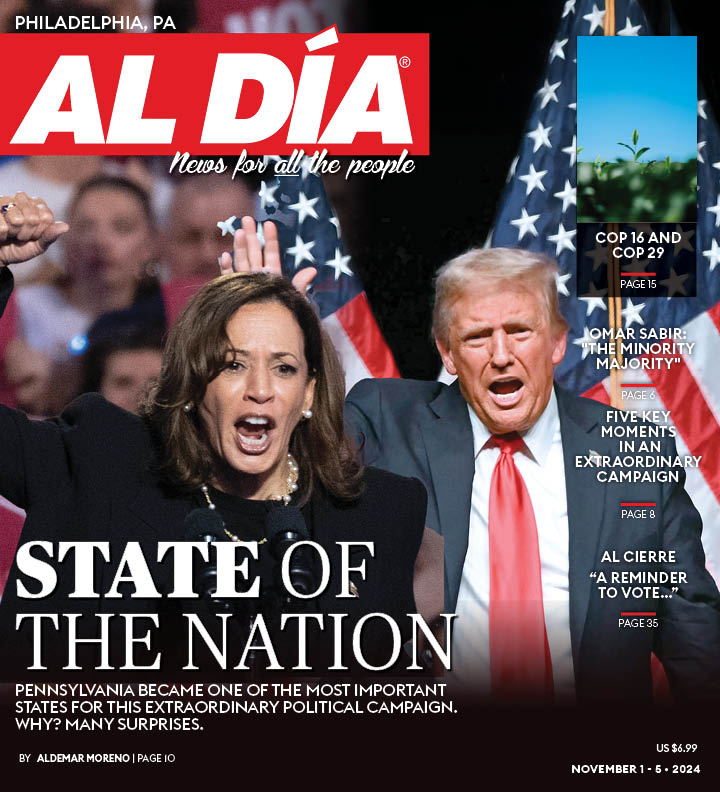
Flying, an industry transformed after 9/11
There were a number of security measures and procedures implemented at airports in the United States and rest of the world after the terrorist attacks against…
After the events that took place on September 11, 2001, where 19 men hijacked four commercial planes and crashed them into the Twin Towers in New York, the Pentagon in Washington D.C., and another which, due to the heroic intervention of the passengers on board, crashed outside Shanksville, Pennsylvania, the way people around the world flew changed forever.
Due to the deep pain caused, air authorities at a global level decided to tighten the rules that, from then on, passengers had to comply with to travel via commercial flights, issuing a specific list of objects that could not be carried on board and in cabin luggage. There was also now series of actions each traveler must carry out when entering the airport designed to guarantee a safe trip.
Before the 21st century began, airlines had already been forced to implement security measures after several planes were hijacked bound for Cuba at the height of its Revolution. These actions led them to install metal detectors in the different airports in the United States (1973), and spread around the world.
Likewise, after a terrorist attack in Lockerbie, Scotland (1988), in which plastic explosives were camouflaged in a tape recorder, stricter controls for the identification of luggage were implemented.
In addition to needing to arrive at the airport earlier to comply with the security protocols issued after the attacks, there are many more checks one must go through before boarding a flight and the items passengers cannot take with them in the flight cabin.
There are now 360º body scanning machines, x-rays and weapons and explosives detectors capable of analyzing the chemical composition of the elements transported by travelers in their luggage. There are also strict controls to correctly identify each passenger.
Control of air intelligence and security, which until the attacks was carried out by private airlines, passed over to public control through the Transportation Security Administration (TSA). With a multi-million dollar investment from the George Bush administration, it went from 16,200 private security guards for controls, to 72,200 by the end of 2002. More than 60,000 new federal agents were also hired to support these new procedures at the more than 400 commercial airports that operate on the United States.
Before September 11, 2001, it was common to see crowded or even romantic farewells at the boarding gate of each flight, something unthinkable in these days, as the passenger must complete airport security filters by themselves, a situation the COVID-19 pandemic expanded to the point of asking travelers to arrive unaccompanied to air terminals.
Patience is a key word for every passenger who must take a commercial flight because within the control and security exercises one must go through inside the airport, being in a rush or looking uncomfortable is not advisable.
RELATED CONTENT
Click here for the complete list of things you cannot bring on board a commercial flight
For example, the requirement to remove shoes was imposed after the events that took place on September 11 on an international American Airlines flight, where a man, who claimed to belong to Al Qaeda, carried explosives in his boots.
For its part, the ban on carrying liquids that exceed a certain amount was implemented in 2006 after a group of more than 20 terrorists tried to blow up several planes in Great Britain with liquid bombs. In the same year, the measure of removing jackets and/or coats also began, as well as that of removing electronic devices from their respective covers.
On the other hand, the security services had to implement stricter controls for packages that qualify as shipments (that is, a passenger is not required to carry them, but they are sent through shipping companies). After 9/11, every package faced much harder scrutiny.
Although we wish that many of these measures did not exist, we also understand the logic of preventing violent actors, which force airport security to have no room for error or omission.
Just after the terrorist attacks, reports came to light that alluded to different gaps in the security strategy, starting with the lack of trained personnel for the new threats and the precarious working conditions.











LEAVE A COMMENT:
Join the discussion! Leave a comment.